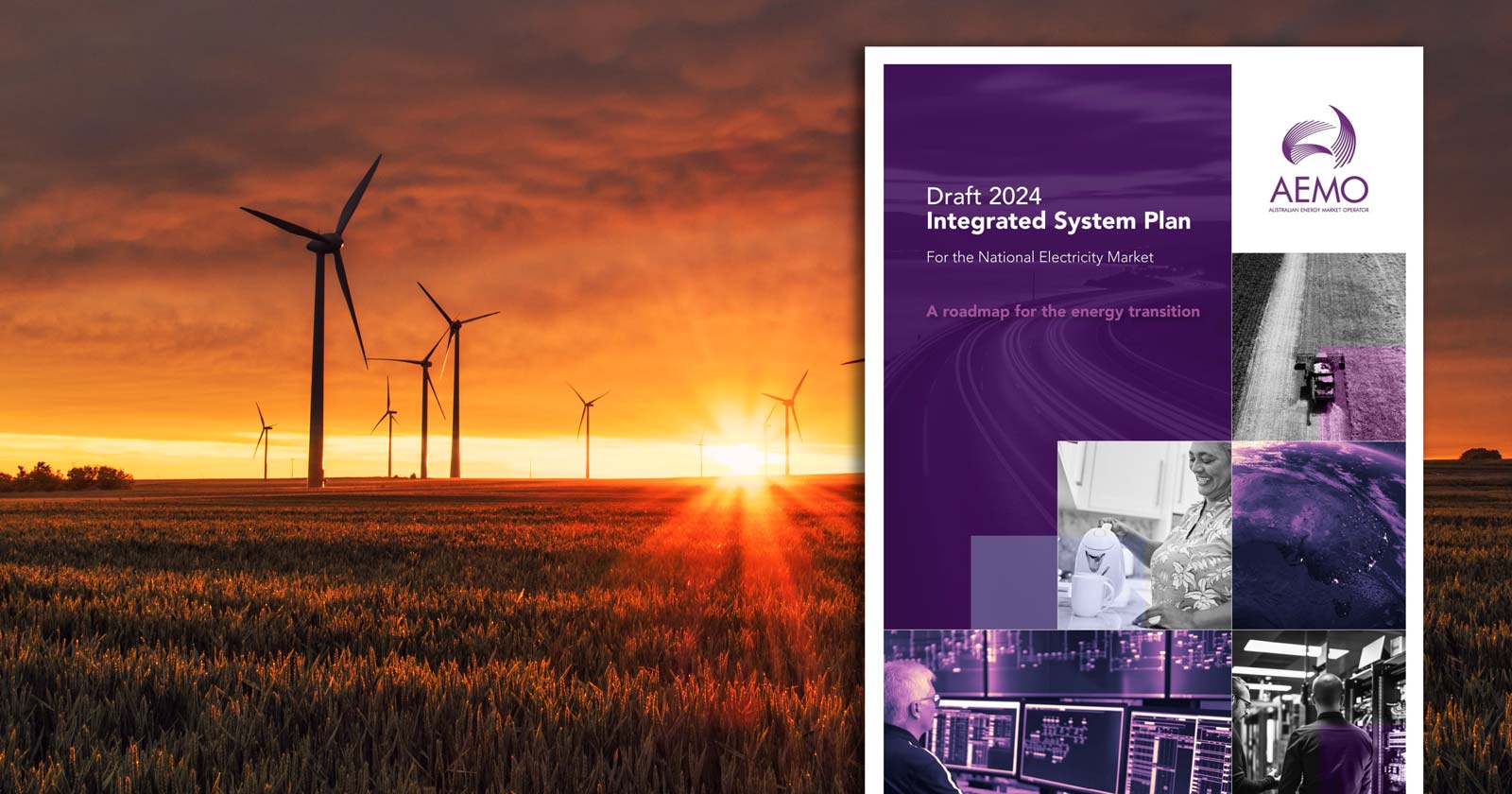Energy Grid Alliance Submissions to the 2024 Draft ISP

Review of the Draft 2024 ISP: A Roadmap in Need of Revision
The Draft 2024 Integrated System Plan (ISP) charts a vision for Australia's National Electricity Market (NEM) amidst rapid change and ambitious decarbonisation goals. While its aspirations warrant praise, the document suffers from limitations that compromise its credibility and effectiveness as a blueprint for the future. This critique delves into these concerns, drawing specific examples and references from the accompanying documents (identified by document ID, page numbers or section labels, refer references below) to illustrate the issues they raise.
Despite its ambitious vision, the Draft 2024 ISP falls short in several interconnected areas:
Unrealistic Assumptions (e.g., A1, p. 25,): Exaggerated forecasts for renewable energy growth, cost reductions, and climate change impacts inflate potential benefits and minimise challenges. This risks misleading policy decisions and potentially unsustainable financial burdens.
Inadequate Considerations: Critical factors like water scarcity (IASR Addendum, p. 32), demand-side management potential (A5, p. 18), and grid security resilience (A3, p.14) receive insufficient attention. This oversight paints an incomplete picture of the future, potentially exposing the NEM to unforeseen shocks.
Uneven Stakeholder Engagement: Vulnerable communities and environmental groups, who bear the brunt of energy decisions, feel neglected or marginalised in the ISP's consultation process (A1, p. 10). This lack of inclusivity erodes trust, threatens social sustainability, and undermines the legitimacy of the proposed plans.
Lack of Clarity and Accessibility: Technical jargon and opaque data analysis (e.g., A7, Figures 2-4) hinder public understanding and informed debate about the NEM's future. Clearer communication is crucial for building trust and public support.
Costly Transmission Expansion (Draft 2024 ISP, p. 41): The ISP proposes extensive and expensive transmission expansions without adequately justifying their necessity or exploring alternative solutions. This raises concerns about affordability, potential cost overruns, and social licence.
Grid Security and Innovation: Emerging threats like extreme weather events and cyber attacks on the increasingly interconnected grid (A6, p. 28) and transformative technologies (A2, p. 12) receive limited attention. This lack of foresight leaves the NEM vulnerable to future disruptions and restricts its ability to embrace innovative solutions for a sustainable future.
These shortcomings collectively jeopardise the ISP's credibility and effectiveness as a roadmap for the NEM's transition. A comprehensive revision is urgently needed, prioritising transparency, cost-effectiveness, alternative solutions, robust community engagement, and social sustainability considerations.
Analysis of Appendix 8 - Social Licence of the Draft 2024 ISP
The discussion on social licence within Appendix 8 is a crucial examination of the trust and acceptance an organisation receives from the communities it serves.
However, the current definition provided by AEMO appears to fall once again short, redefining social licence as "social acceptance of large-scale energy infrastructure development".
This narrow interpretation neglects the multifaceted nature of social licence, which encompasses credibility, legitimacy, and trust in an organisation and its people. A more encompassing definition is essential for fostering genuine collaboration and trust between organisations and affected communities.
Appendix 8 highlights several critical shortcomings that may significantly impact the success of proposed transmission projects. The absence of a comprehensive consideration of social impacts, a lack of a clear community engagement process, insufficient requirements for social impact assessments (SIAs), and inadequate incentives for proponents to invest in social licence are highlighted concerns.
A robust social licence framework should prioritise building trust, transparency, and mutual understanding between AEMO, developers, governments, and communities to mitigate potential delays, cost overruns, and legal challenges.

